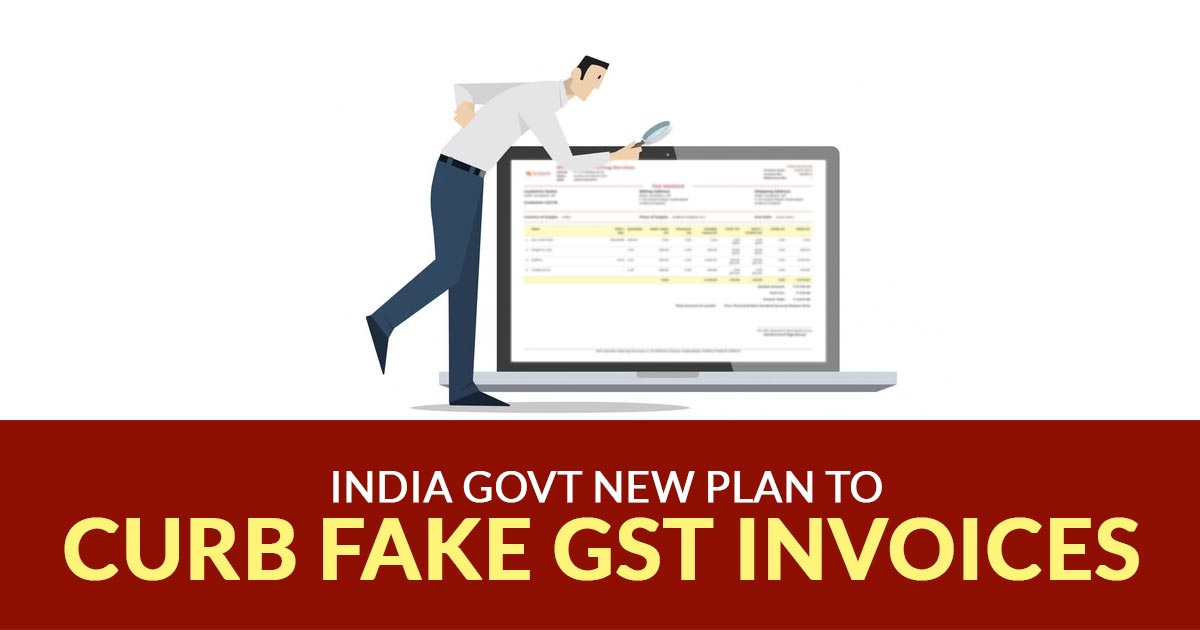
To stop the bogus invoice activities beneath the GST the finance ministry is recognizing additional measures. Tax officials had found nearly 60 fake companies just in the national capital region that is engaged in providing bogus invoices over Rs 800 cr.
Under section 132 of CGST act 2017, the issuance of the invoice or bill excluding the goods or services supply and the incorrect claim or using the ITC is a cognizable and non-bailable crime when the amount is above Rs 5 cr. the law mentioned an enrolled individual to declare his supply in return form GSTR-1 and as per that he pay his tax liability through furnishing the return form GSTR 3B. The same would assist the recipient to take ITC on supplies mentioned through his GSTR-1 where the tax has been furnished.
Govt Move to Stop Bogus GST Invoices
From 1st Jan this year, the new move to curb the danger of the bogus invoices was executed. On not furnishing the monthly GSTR-3B for the former month then these assessees would not be permitted to furnish the GSTR-1 for the next month till the GSTR-3B for the next month is furnished. For monthly fliers, GSTR 1 and GSTR 3B for the previous months need to be filed by the 11th and 20th day of next month.
The initiative is to execute the action in the month to the last date for the GSTR 3B is ended as per the indication. It was notified that post to measure the block sequential filing work is in under process to act much quicker and the information of that action would be shown soon.
Tax Authorities Trusting on Data Analytics
Experts see real-time action through the assistance of technology. “Tax experts mentioned that The tax authorities are relying more and more on data analytics and tax technology to ensure compliance and initiate proceedings on a real-time basis. With data analytics, handy dashboards are now available with a click of a button on computers and mobile phones of officers, which can help them analyze trends and identify exceptions to take immediate action.”
Tax experts specified that restricting the facility to upload GSTR-1 and GSTR-3B is another measure for it. However, he would not know if it is beneficial as an individual is required to provide the bogus invoice that he would not be required to upload any returns all he requires is the other’s GSTIN information. He shall carry on to provide bogus invoices whatever the fact that his facility to upload the returns is restricted. Moreover, the experience beneath the VAT compliance has given that the tool was effectively disruptive instead of being good.
“Consequently, adequate safeguards are required from the government to ensure that genuine business activities are not disrupted due to short delays or inadvertent omissions in uploading returns and habitual defaulters are taken to task. Apart from this, the Government should make use of the new AIS report coupled with the big data tools in identifying trends and instances and use its existing powers such as assessment of non-filers and auto-recovery, penalizing and prosecuting defaulters and persons abetting them. Steps in this direction demonstrate that there is no escape for such defaulters, he added.”